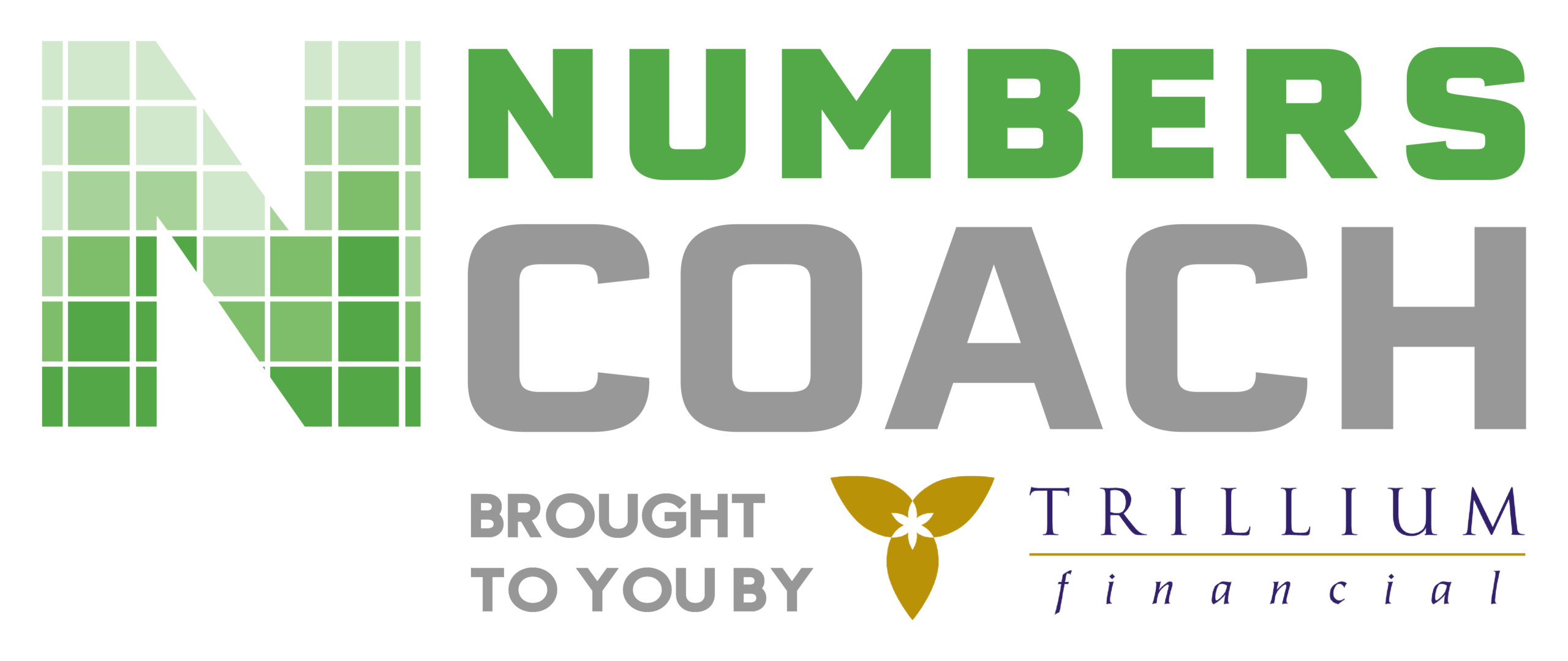by Anne Moore Odell
A balance sheet shows you at a glance the financial health of a company at a specific moment. It illustrates a company’s assets, liabilities, and owners’ equity. Balance sheets help identify how well a company can meet its obligations and if it has room to grow.
Assets can be anything the business owns that has value to the business including cash, money markets, equipment, and accounts receivable. A liability, on the other hand, is a company’s accounts payables and other creditors’ claims.
A company’s balance sheet should be updated at least monthly. Key metrics on the balance sheet such as cash balances, receivables and payables should be monitored on a weekly or even daily basis. Together with income statements, balance sheets are the financial reports that banks, other lenders and investors need in order to know your credit worthiness.
“Business owners look at their balance sheet and their bank accounts and try to connect the dots,” says Mike Iverson, Numbers Coach. “But if you are preparing your income statement on a cash basis what you have in your bank accounts isn’t necessarily the profit you have coming from the income statement.”
Resources and Responsibilities
Assets on the balance sheet are generally listed in order of how easily they can be turned into cash, their “liquidity.” Cash-on-hand is therefore the most liquid of assets. Current assets are assets which could become cash in a year—for example, accounts receivable or inventory. Real estate and other investments, which would take longer to change into cash, are long-term assets and not easily liquidized.
Iverson explains, “A business generally has two key assets central to generating cash flow–accounts receivable and inventory. If you are a services business then accounts receivable is your main short-term cash flow asset. When you offer credit to customers, you have to remember you are really giving your customers an interest free short-term loan. It is the balancing act of making sure your customers pay you on time so you can pay your own bills on time. The longer your customer takes to pay you the more likely you will have difficulty in paying your own bills.”
If your company has inventory, it is another key asset that needs to be carefully managed. “When businesses have inventory, it has generally been paid for and stored in a warehouse,” says Iverson. “The longer inventory sits in the warehouse, the more cash is tied up in this asset and not getting converted into sales and ultimately cash flow. You want to manage your inventory to the lowest level possible and still meet your sales needs.”
On the other side of the balance sheet are liabilities and owner’s equity. These include short-term or current liabilities accounts payable and notes payable which have to be paid in a year or less. Long-term liabilities are ones that will last longer than one year, for example, mortgage notes payable.
Owners’ equity, also called stockholders equity, is the money provided by the business owner and/or investors, plus retained earnings that have been put back in the business. Owner’s equity is a key number your banker looks at to see how much “skin in the game” the business owner has when evaluating credit worthiness.
Working Capital and Balance Sheet Pitfalls
Working capital is one measure used to know a company’s short-term health, and is calculated from information on the balance sheet. Working capital, also known as the “working capital ratio,” is the amount of cash that a company could generate in a short amount of time if necessary. A simple definition of working capital equals current assets minus current liabilities.
“It’s important to understand the quality of your working capital,” says Phil Poovey, a partner with Bridges & Dunn-Rankin, LLP, headquartered in Atlanta, GA. “If you have a lot of old accounts receivable that you aren’t likely to collect, you are fooling yourself to include them as current assets. Likewise, if you have excess inventory levels, you aren’t going to convert them to cash in a reasonable amount of time.”
Positive working capital is when assets outweigh liabilities. When liabilities outweigh assets, a business might have trouble paying its creditors and if cash can’t be found, bankruptcy declared. Comparing the working capital of a business from period to period helps business owners and investors see how effectively it can support sales growth, how efficient collections are and how quickly inventory is turning over.
Checks and Balances
As the economy struggles to right itself, smart businesses are examining their balance sheets with a magnifying glass to make sure they meet their obligations. “Many businesses are naturally adapted,” Poovey says. “Companies are being a lot more careful about whom they extend credit to. They are staying a lot closer to the clients they extend credit to.”
Poovey says that effective accounts receivable departments are not calling a month after a bill is due, but rather calling a week before the bill is due. Because as Poovey says, “a lot of times, the people who are more persistent are the people who get paid first.” It’s been said “the squeaky wheel gets the grease” so don’t be afraid to ask for your money.
It is important to realize that there are two sides to the story about cash and how much you get to keep in your bank account. Your income statement profit tells you how well you are managing your cash flow from operations and your balance sheet tells you how well you are managing your working capital needs—how quickly you are getting paid from your customers, how long you hold inventory, and how quickly you pay your vendors. All of these factors balance each other to let you know whether you have the money to continue growing your business.
